 OUR History
OUR History
History of Nandhaur Wildlife Sanctuary
Resilient journey of innovation, empowerment, and global impact.
Discover the pristine beauty of Nandhaur, nestled in the heart of Uttarakhand. A sanctuary teeming with life, it offers a perfect escape for nature lovers, wildlife enthusiasts, and those seeking serenity in the lap of the Himalayas.
The Nandhaur Region is a very important component of "Shiwalik and foothill" landscape of country, which is popularly known as “Terai Arc Landscape”. Nandhaur Wildlife Sanctuary with an area of 269.956 Km2, located mainly in the Nainital, Champawat and partly in Udham Singh Nagar districts of Uttarakhand State.
It has been notified as Sanctuary vide Government Order/ Notification No. 2109/X-2-201219(15)2012 Dated 14/12/2012 under clause (b) of subsection (1) of section 26A of Wild Life (Protection) Act, 1972 ( Act No. 53 of 1972) on account of its adequate ecological, faunal, floral, geomorphological, natural, and zoological significance for the purpose of protecting, propagating and developing wildlife and its environment.
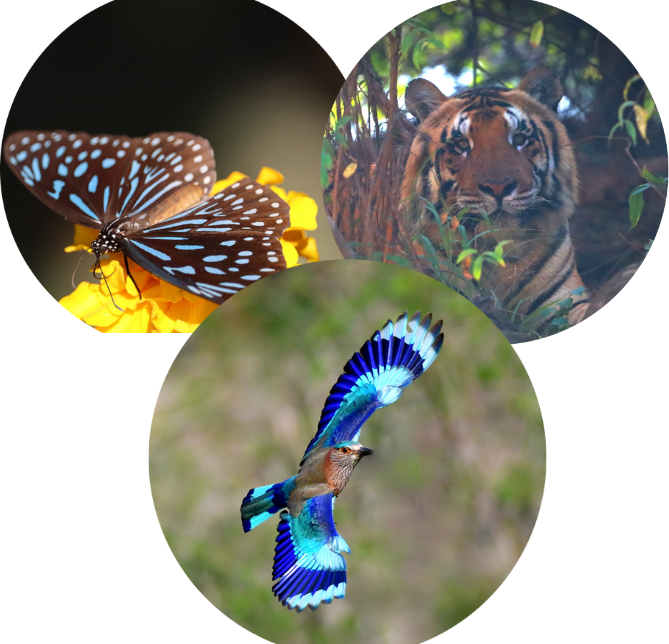
 Nandhaur
Nandhaur
Significance of Nandhaur Landscpae
The Shiwalik-Bhabar Tract between Gola and Sharda rivers is one of the most important forest area in the whole "Shiwalik and foothill" landscape of country due to two reasons- First, even without having status of a Protected Area, this landscape still support a viable "breeding population" of flagship species like tiger and elephant. Second, it connects Corbett and Rajaji landscape on West with Pilibhit-Dudwa along with Terai area of Nepal in East. Further, Whole of Haldwani Forest Division and Nandhaur WLS is part of Shiwalik Elephant Reserve, which is very important landscape for conservation of Mega species like elephant in its western most landscape under Shiwalik-Bhabar-Terai Tract.
Nandhaur Wildlife Sanctuary plays a very important role in gene flow between Western most limits of tiger towards Rajaji National Park and Terai landscape of Uttar Pradesh and Nepal.
Several endangered species such as the Striped Hyena, Himalayan Black Bear, Sloth Bear, Gharial, Leopard Cat, Goral, Serow, Mahasheer etc. have a significant presence in the region. Along with, several identified and unidentified elements of biodiversity such as grasses, mosses, lichens, fungi, insects, etc. are also represented in this region. The area is also reportedly home to about 230 species of resident and migratory birds. This bird diversity is no less than the avian diversity in Rajaji National Park and Corbett Tiger Reserve.
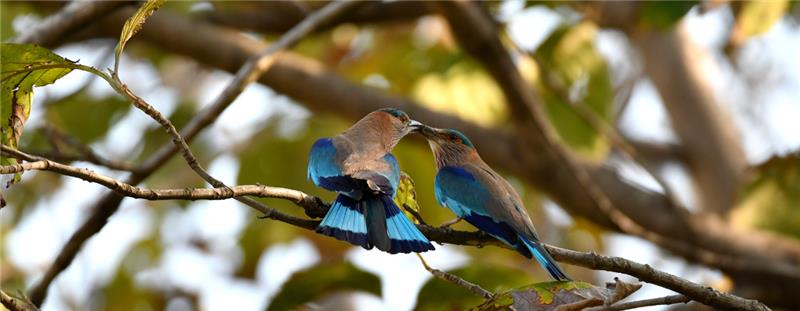
Floral Diversity
Sal Forest, Mixed Forest, Riverine Forest, Scrubland , Grassland, Subtropical Pine ForestButterfly Park
Blood Flower , 80 species of butterflies, Blue Tiger PlantNandhaur Valley Tramway
This was a unique possession with forest department, when it managed a steam tramway along with its regular forestry works. The Forest (2' gauge) Steam Tramway was constructed in 1925 at capital cost of Rs. 2,23,418.
The main line ran from Lalkuan station to Chorgalia, a distance of 13.5 miles ( 21.72 Km) and then to Machliban. The total length of main line is 15.5 miles ( 24.94 Km). The branch lines were also laid according to the locality and volume of export dealt with. After running actively for 28 years the Tramway was not run for first time in 1953-54, because transport by trucks proved to be much cheaper and convenient.
“Where nature thrives, and wilderness tells its timeless tales.”
The Legacy of Nandhaur
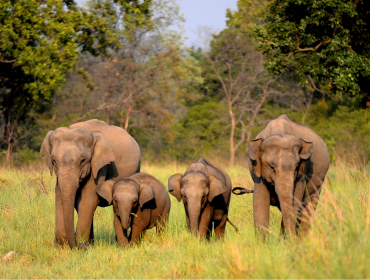
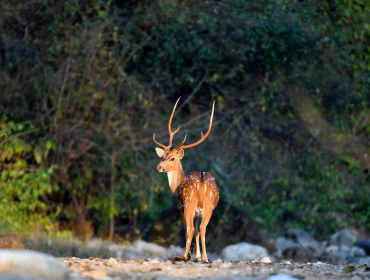
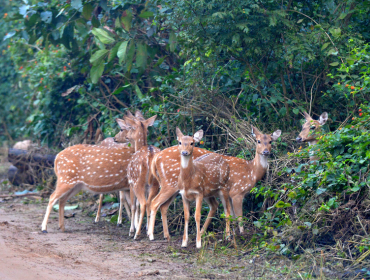
This area has witnessed nurturing by many well known and legendry foresters such as F.W. Champion, Smythies and Herbert who have worked as Divisional Forest Officers and Conservator of Forests here during the establishing years of scientific forestry in India. “The dense jungles, the melody of birds, and the occasional roar of a tiger are reminiscent of the untamed spirit of the land Corbett described.”
Nandhaur's story is intertwined with Uttarakhand's rich heritage. With landscapes that once inspired Jim Corbett's writings, this sanctuary remains a vital piece of India’s conservation history. Along with, several identified and unidentified elements of biodiversity such as grasses, mosses, lichens, fungi, insects, etc. are also represented in this region.

